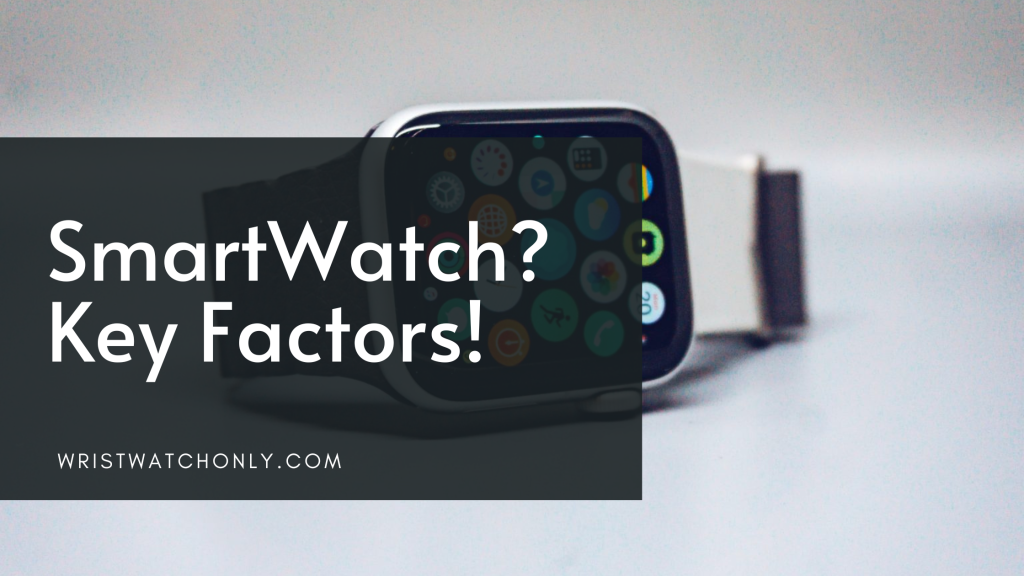Why Is Heart Rate Important?
Heart rate, also known as Pulse, is the number of times the heart pumps blood or beats in one minute. The heart beats to pump oxygenated blood to the lungs and the rest of the body.
A typical heart rate should fall between 60 – 100 beats per minute. For active persons, the heart rate might be below 60 beats per minute as their heart muscles are in great condition to maintain a steady beat.
Lower or higher heart rates, therefore, do not automatically denote a medical problem.
The best parts of the body to measure pulses are the wrists, the side of the neck, inside the elbow, or the top of the foot. Fortunately, watches are worn on the wrist which makes them a favorable device to monitor heart rate and health conditions.
How PPG Technology Works In Smartwatches
Smartwatches measure heart rate via Photoplethysmography, PPG technology. This technology uses flashing green LED lights and photodiode sensors to measure the heart rate from the wrist. The number of heartbeats detected in a minute is your heart rate.
A number of biological tissues in the body absorb light such as bones, skin pigments, and blood. However, the red blood cells reflect red light and strongly absorb the green light more than the surrounding tissues. This is why the green light is most suitable for PPG.
The blood absorbs more green light when the heart beats with more blood passing through the vessels and less green light in between the heartbeats. These volumetric changes give the voltage PPG signals. Note that these volumetric differences cannot quantify blood.
This is possible because the green LED lights flash hundreds of times per second not to miss a beat. Apple, Samsung, Garmin, and Fitbit are big brands that make use of this technology in their watches.
Accuracy Of Heart Rate Measurements In Smartwatches
There are a number of factors that can affect the accuracy of heart rate measurements in smartwatches or fitness trackers.
– Design: LED lights and detectors are placed on the same side of the smartwatch but opposite to each other.
– Skin-tone: Darker-skinned toned people have reported having more inaccurate measurements in their heart rates.
– Sensor positioning: Loosely worn smartwatches will also affect the accuracy of heart readings.
– Measurement area: Blood flow at the wrist is slower than at the heart due to distance. The best place to measure heart rate will be at the chest. Wrist measurements are only more convenient.
Smartwatches are a good starting point to monitor your heart rate and fitness when walking, sleeping, or exercising.
Nevertheless, do not solely rely on smartwatches as a clinical-grade tool for critical health monitoring. Smartwatches are not alternatives to visiting your doctor when needed.




